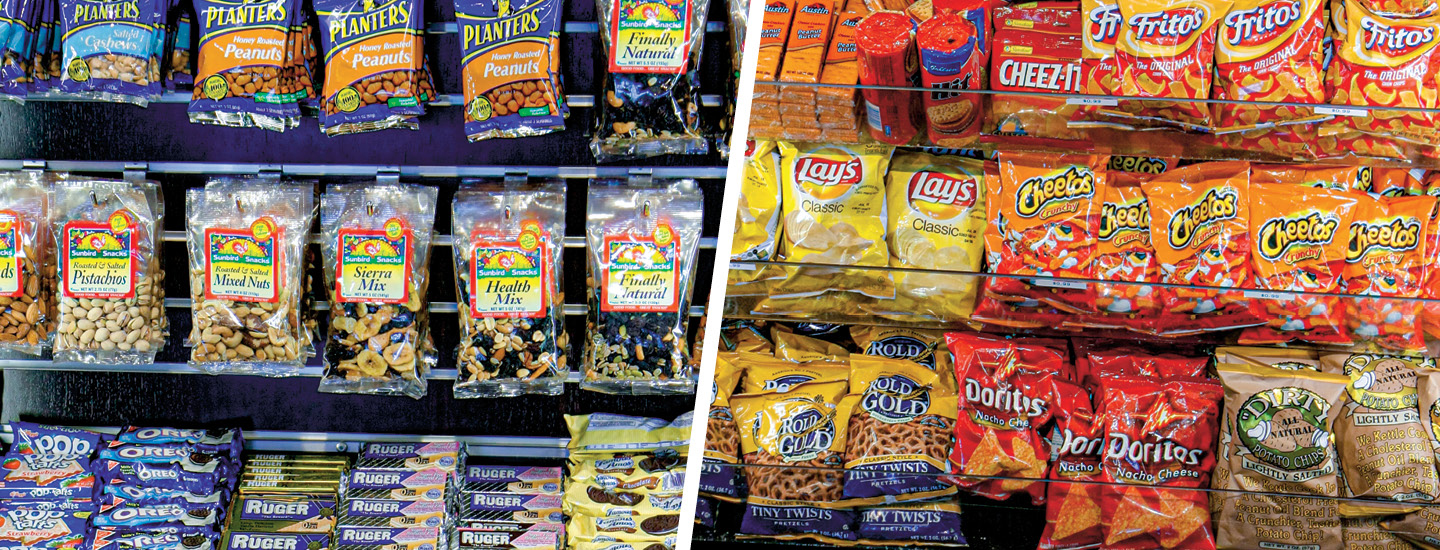Courtesy of Sean Jamar for City Parks Foundation
Alex Chuck, 17
If Alex Chuck, 17, wants to top off his sandwich with a crisp piece of lettuce or pack a juicy orange for lunch, he’s often out of luck. It’s not an easy trip to grab a few bags of fruits and veggies in Washington Heights, his New York City neighborhood. Grocery stores that carry fresh produce are few and far between. The closest one to his apartment is about a 10-minute walk.
Instead, right outside his door are numerous fast-food franchises and corner stores that serve up sugary drinks, fried meals, salty snacks, and candy. And when healthy foods are inconvenient to buy or unaffordable, people end up eating more readily available and cheaper junk food. That can lead to serious health consequences.
So Alex decided it was time for a change: In 2021, he signed up to work in a community gardening program. For the past two summers, he has grown produce for local families, including his own.
“It gave my mom some really cool, fresh things to cook with,” says the teen. “That was the first time I made and tasted okra.” (Okra is a type of vegetable.)
The experience also helped open Alex’s eyes to what families across the country are missing out on.
Alex Chuck is 17. If he wants to top off his sandwich with a crisp piece of lettuce or pack a juicy orange for lunch, he is often out of luck. He lives in Washington Heights, a New York City neighborhood. It is not an easy trip to grab a few bags of fruits and veggies there. Grocery stores that carry fresh produce are few and far between. The closest one to his apartment is about a 10-minute walk.
Instead, right outside his door are many fast-food franchises and corner stores. They serve up sugary drinks, fried meals, salty snacks, and candy. And when healthy foods are inconvenient to buy or unaffordable, people end up eating more junk food because it is easier to find and cheaper. That can lead to serious health consequences.
So Alex decided it was time for a change. In 2021, he signed up to work in a community gardening program. For the past two summers, he has grown produce for local families, including his own.
“It gave my mom some really cool, fresh things to cook with,” says the teen. “That was the first time I made and tasted okra.” (Okra is a type of vegetable.)
The experience also helped open Alex’s eyes to what families across the country are missing out on.

